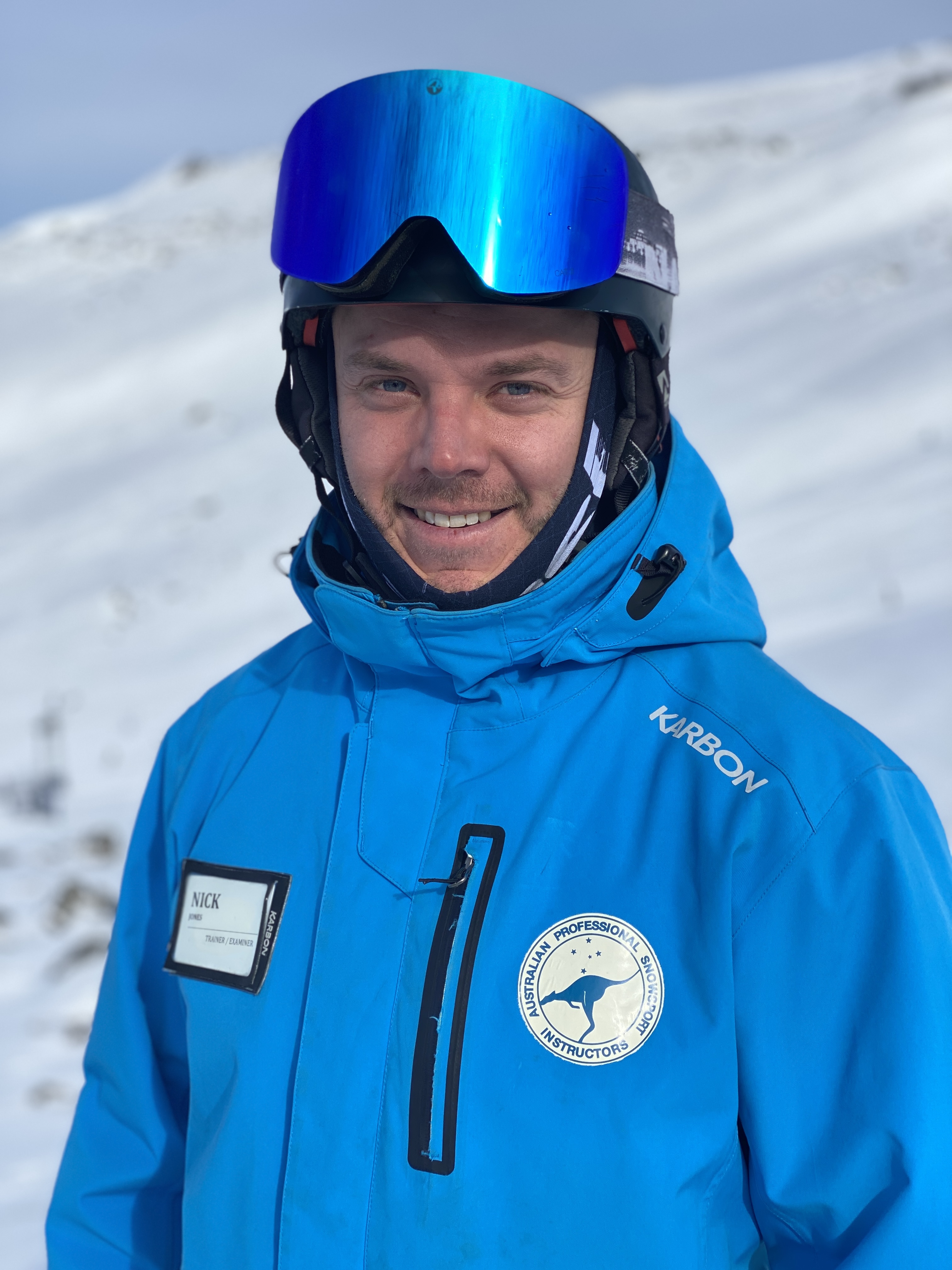 |
LITHUANIA Mirror Neurons in Modern Learning |
By Nick Jones
Sympathy and Communication: Mirror Neurons in modern Learning - Jana Nohejlova & Jiri Nohejl
Within the APSI we place a heavy emphasis on demonstrating movements, so much so that we consider it to be one of the 9 essential components of a good Snowsports lesson but what makes viewing a demonstration so valuable?
The LSIA’s (Lithuanian Snowsports Instructors Association) on snow presentation in Levi took a deep dive into how we learn by viewing other people performing movements or actions investigating the concept of sympathy and use of mirror neurons.
To begin the clinic Jana and Jiri split the group in two, each taking a half for a warmup run. During this warmup run, we were informed that we were now living in “Rotary World” and the only movements we were allowed to make outside of adjusting out balance were rotary movements.
After a brief ski around we linked back up with the other half of the clinic group who had also just been for a warmup with a similar but different focus (edging and pressure control only).
Our first task upon being reunited was to find a partner from the opposing group, go for a ski together and just observe our partner without talking or discussing what we had just done for our warmup. It quickly became apparent that the opposing groups warmup was very different as my partner sped away from me in an edge roll while I skidded along after him rotating my skis on flat bases as fast as I could.
After further observation, we were given the task of taking a movement from our partner and adding it to our skiing and discussing how our new turns benefited from the movement. I was able to take the edging and pressure control movements from my partner to create a turn which had some shape and grip, my partner on the other hand was now able to perform a turn that had some speed control and a bit more versatility.
This set scene for a discussion around sympathy in learning, which was defined as a relationship between two persons in which whatever affects one person affects the other. It was very easy to see that even without talking each partner was able to add something beneficial to their skiing by skiing in a social environment. This is largely due to mirror neurons which are a class of neuron that fire when observing another person performing a motor action. This mode of learning, while not as strong as practicing the exact movement repeatedly, still has a noticeable impact on the speed of learning of a new movement.
This clinic gave some great insight into why it is so important to provide good quality demonstrations during a lesson but also showed how valuable skiing in a social setting can be. Some take aways that I will be exploring based on this information include:
- Refining my demonstrations
- Giving students as many different perspectives of demonstrations as possible
- Getting students to ski in pairs and closely observe each other with the cue to look for specific movements that I think can complement their skiing.
Hopefully this provides some food for thought that you can take away and implement into your own lessons to help your students' progress in unique ways.